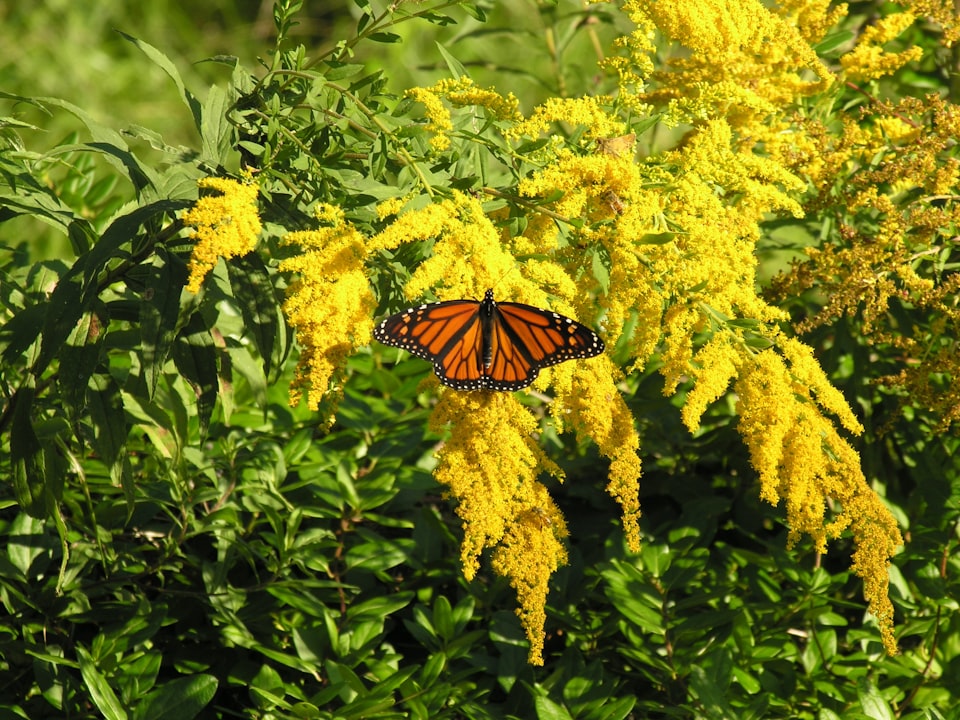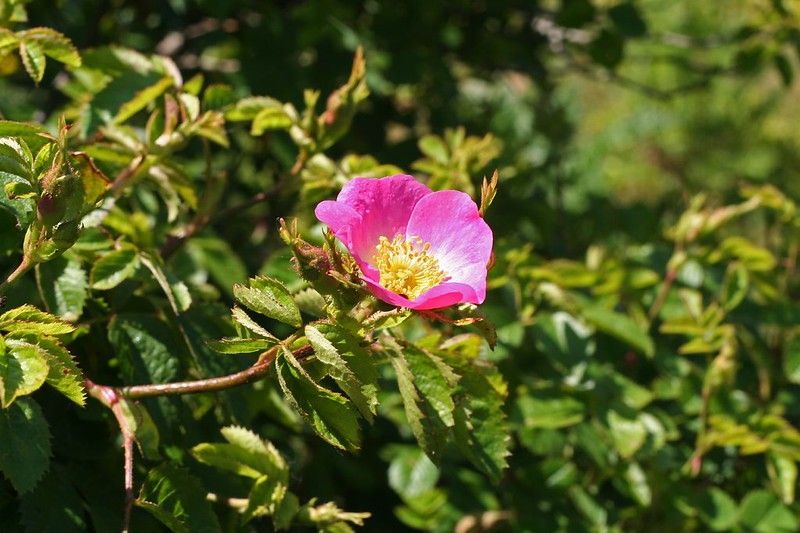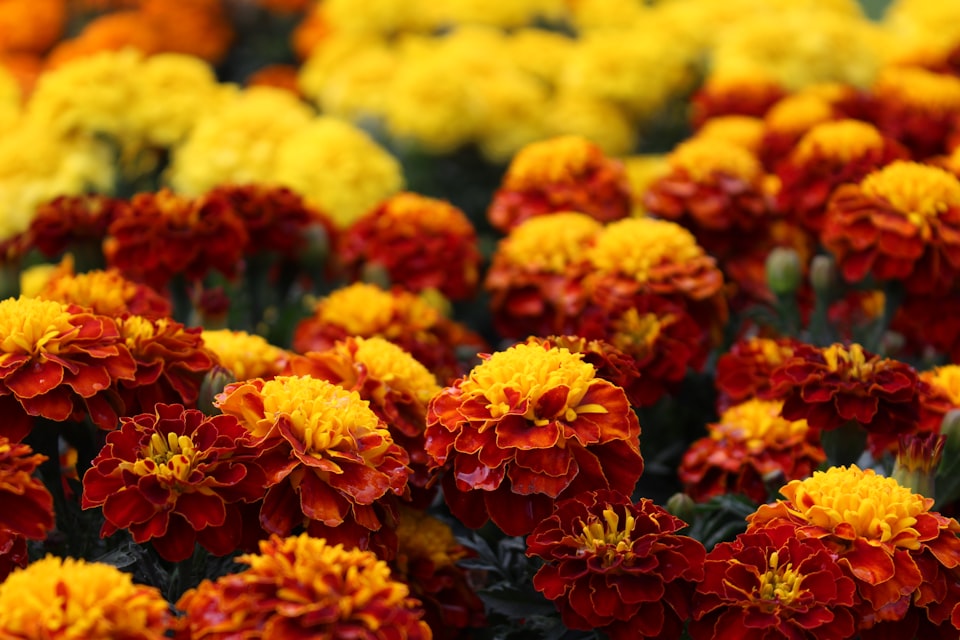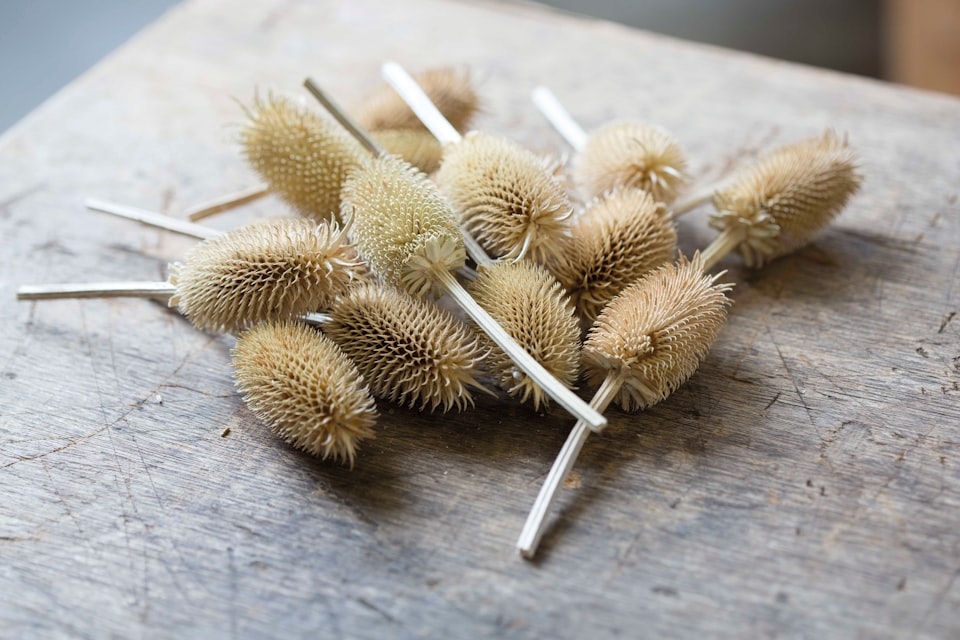VII: Anemone
Sea anemones are the ocean's Golden Girls.

Good morning. Today is septidi, the 27th of Germinal, Year CCXXXI. We celebrate l'anémone, a buttercup known for trembling in the breeze.
💡
We already covered this flower's famous wild varietal in depth on Windflower Day, so this was likely a nod to the cultivated kind used to beautify city planter boxes and cottage gardens. While there's some mildly medicinal use possible at very low doses, this buttercup is mostly poisonous and prized more for its pleasing color pallette than any utility. It's hard to say which varietal dominated European gardens at the time of the French Revolution, but in the ensuing century, the De Caen Anemone came to also be known as the French Anemone because of its development there, and it's still one of the most popular varietals thanks to its multiple colors and profusion of petals. Greenhouses in the United States will often intentionally delay French Anemones to bloom in the summer so they can sell boxes in red, white, and blue.
It's strange that even though the very name "anemone" means something from a windy place, most people's association with the word has to do with a creature that lives underwater. The name was transferred to sea anemones because of their propensity to grow in a variety of eye-popping colors, just like their botanical brethren. But the last thing any sea anemone would want to experience is wind.



